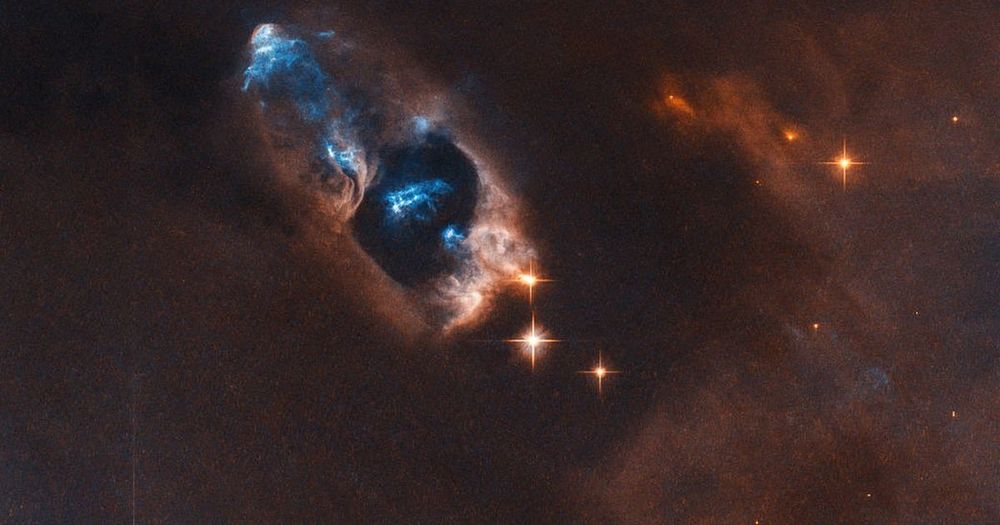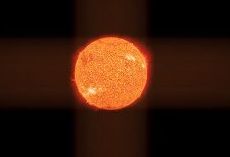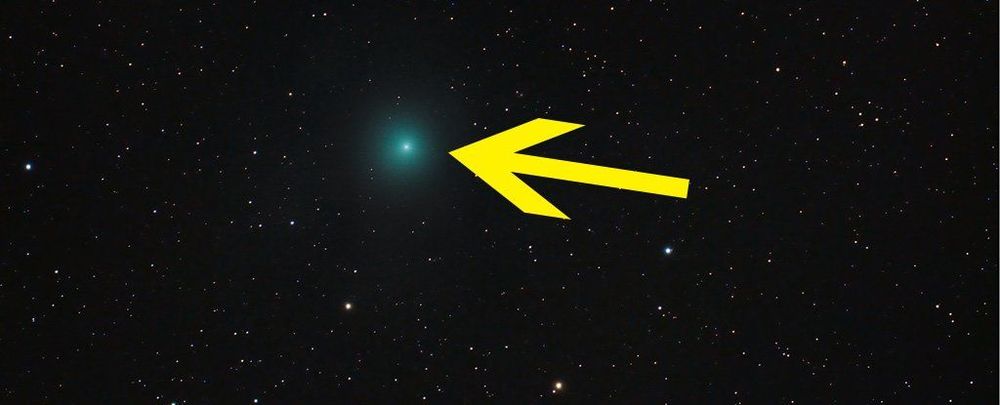Stargazers will get a close-up look at Earth’s natural satellite this week thanks to the brightest supermoon event of the year.
A supermoon phenomenon occurs when a full moon, on its oval-shaped orbit, is at its closest to us, known as perigee, which is about 356,000 kilometres as measured from the centre of the Earth to the centre of the moon.
It takes place when the moon’s orbit brings it to the closest point to Earth while at the same time bathed in sunlight, giving the moon its bright appearance.








